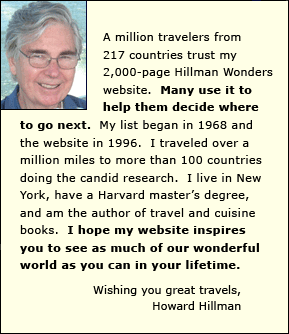



Yellowstone
National Park
page 3
Massive,
active volanco
 Geology
Geology
More than a half million years ago most of the park area was one of the world's biggest volcanoes. It exploded and its walls collapsed, creating a caldera basin measuring roughly 50 kilometers wide by 70 kilometers (30 to 45 in miles). Most of today's Yellowstone sits on that caldera.
 Still active
Still active
The subterranean part of the volcano remains dynamic. It manifests itself by generating the heat responsible for creating the park's many geysers and other geothermal features. It also produces Yellowstone National Park's many earthquakes.
 Future eruption
Future eruption
Geologists say that volcano is now showing preliminary signs of emerging and erupting again (though they believe that those events are unlikely to occur in our lifetimes).
Backpackers
 Yellowstone
National Park
Yellowstone
National Park
is bliss for backpackers
It offers 1500 kilometers (almost a 1000 miles) of trails and several hundred campsites, many in spectacular backcountry settings.
Tourists
 Tourist count
Tourist count
Yellowstone National Park annually draws roughly 3 million visitors.
 Size
Size
This natural reserve covers nearly 9,000 square meters (3500 square miles) - and spreads into three northwest USA states (over 90% lies in Wyoming).
 Altitude
Altitude
Yellowstone National Park is high in altitude. Its lowest point is about 2,000 meters (a little over a mile) above sea level. Its highest point is almost double that figure.
Learn More
Learn my other
America tips & insights
America Wonders - Complete list
America wonder map
Top 10 Famous American foods

World's Top 100 Wonders
World's Top 1000 Wonders
Site map
My credentials
About my website and criteria
Reader testimonials




